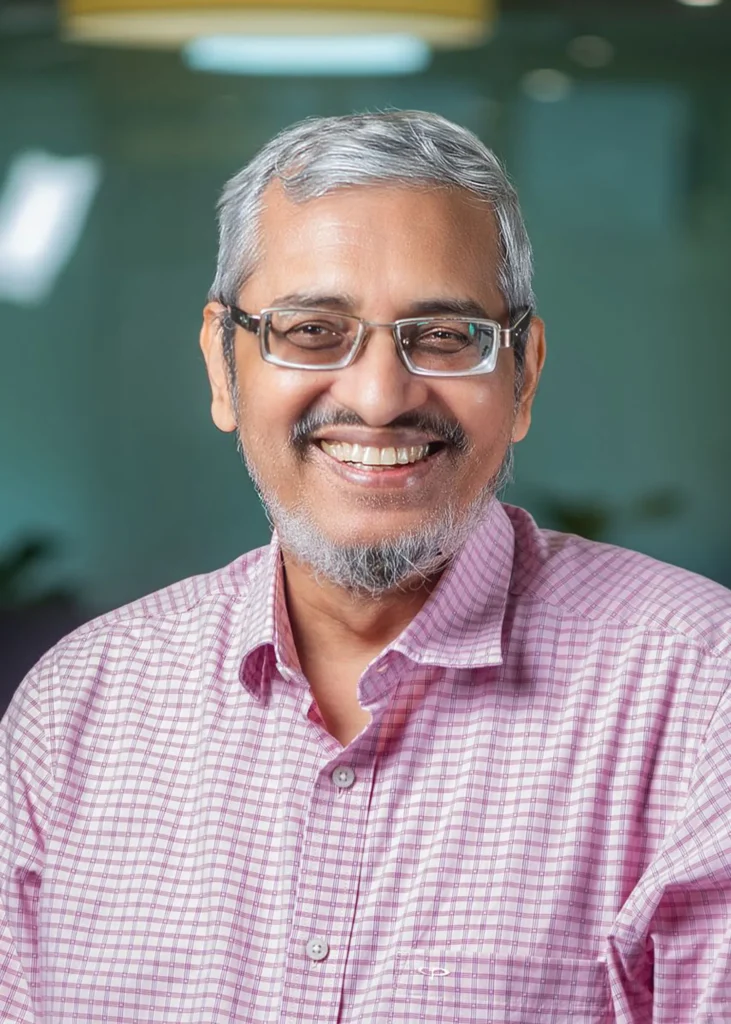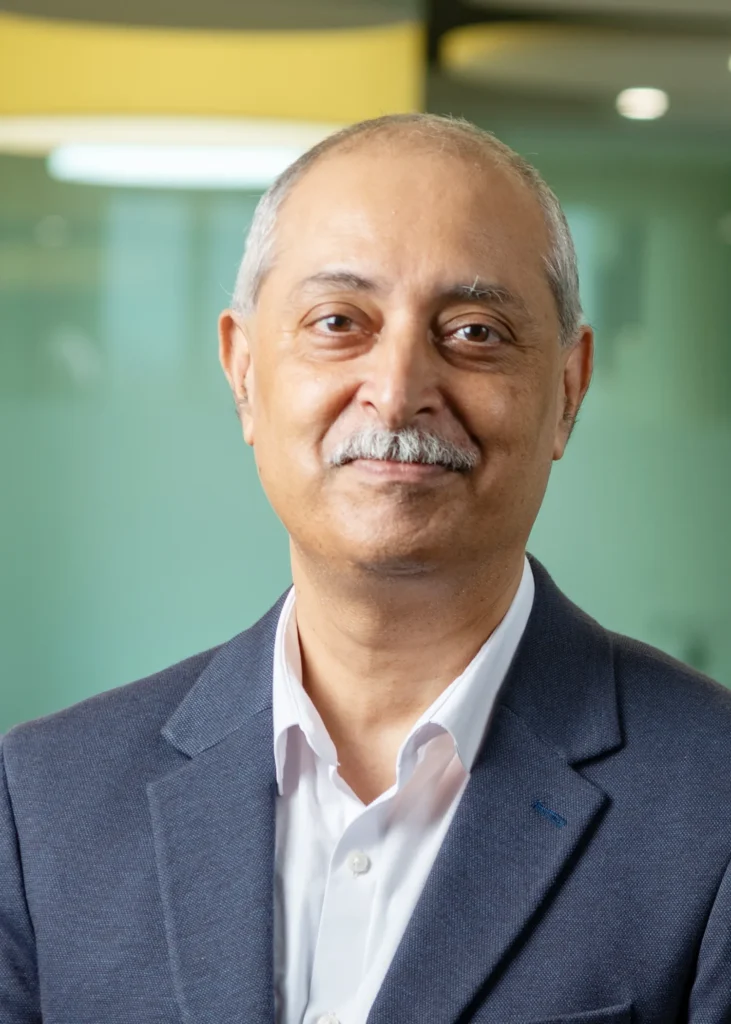Performed by Interventional Radiologists at C3 Medicare, Mumbai
Prostate artery Embolization is an innovative, nonsurgical treatment option for Prostrate enlargement (BPH).
During the procedure, a catheter (a narrow tube) is inserted through the groin or wrist. Specialist Doctors use imaging technology to guide the catheter into the prostate. Very tiny beads are used to restrict blood flow to the prostate and cause it to shrink. The procedure does not need anaesthesia. The Patient is mildly sedated and goes home on the same day.
|
Feature
|
PAE
|
Traditional Surgery (TURP)
|
|---|---|---|
|
Invasiveness
|
Minimally invasive
|
Surgical and invasive
|
|
Recovery Time
|
Days
|
Weeks
|
|
Complication Risk
|
Low (minor bruising)
|
Higher (5-10% incontinence, 15-20% erectile dysfunction)
|
|
Return to Normal Life
|
Within days
|
Several weeks
|
An examination by our experts will determine whether or not you are a suitable candidate for the procedure.
Benign prostatic hyperplasia (BPH), also called an enlarged prostate, is a condition in which the prostate grows in size. The prostate is a small gland, about the size of a walnut, that rests below your bladder and in front of your rectum, surrounding part of your urethra. Prostate enlargement happens to almost all men as they get older.
Know the severity of your symptoms
If you have problems in urinating, get medical help right away.
1. How is benign prostatic hyperplasia diagnosed?
Your doctor will review your medical history, ask questions, perform a physical examination, and advise blood and urine tests.
2. What are the treatments for enlarged prostate (BPH)?
Treatments include medicines, surgery and other procedures. The right option depends on things such as:
Our IR experts provide a minimally invasive treatment known as Prostatic Artery Embolization.

An alumnus of the Harvard-MIT Program in Health Sciences and Technology (HST)…

Dr Pant, an Interventional Radiologist specialising in vascular and non-vascular…
PAE is best for men with moderate to severe lower urinary tract symptoms (LUTS) caused by BPH who can’t take medication, want to avoid surgery, or are looking for a less invasive option. Imaging and urology/IR evaluation before the procedure decide if it’s right for you.
Prostatic Artery Embolization (PAE) is a non-surgical treatment for an enlarged prostate (BPH). It works by blocking the blood supply to the prostate, causing it to shrink naturally. This reduces pressure on the bladder and helps improve urine flow, without the need for cuts or stitches.
PAE offers faster recovery, fewer side effects, and no hospital stay. Most men choose it because it preserves sexual function, avoids general anesthesia, and has a much lower risk of incontinence than traditional prostate surgery.
PAE is considered very safe. Some men may experience mild discomfort, light bruising, or burning during urination for a few days. These effects are short-term and typically resolve on their own with rest and hydration.
The PAE procedure usually takes 1 to 2 hours and is done under local anesthesia.
Most patients return to work and daily activities within 2–3 days. You may notice improved urine flow and reduced frequency within the first few weeks, with continued progress over time.
Results typically last 5+ years; only a few men need retreatment later.
Yes. PAE can be safely repeated if symptoms return after a few years.
No — PAE preserves sexual performance and doesn’t cause erectile issues.
Around 85–90% of men report long-term relief and improved quality of life.
Imaging helps plan treatment; after PAE, mild discomfort fades in days and urine flow improves in 1–2 weeks.
Prostate cancer happens when cells that shouldn’t be there proliferate in the prostate gland, which is below the bladder and helps generate semen. It can grow slowly or quickly, so it’s important to test and keep an eye on it early.
PAE is considered a minimally invasive alternative to traditional surgery for enlarged prostate in some settings. In the UK, institutions have begun offering it and NICE has evaluated it. In the US the relevant device has regulatory approval, but availability may remain limited.
A device used in PAE was approved by the FDA in the US, and several NHS trusts in the UK provide PAE for eligible patients. However, the treatment may not be universally available under all public health systems and coverage can vary.


An alumnus of the Harvard-MIT Program in Health Sciences and Technology (HST) with deep expertise in Molecular Oncology, Dr. Mama has worked at premier global oncology medical institutions. With a career marked by remarkable dedication, Dr. Mama has a legacy of compassion and accessibility in cancer care.
Seeing the acute lack of awareness amongst patients in navigating cancer treatment and access to affordable medical services, he returned to India with a commitment to give back to the community by sharing his expertise and addressing the challenges faced by cancer patients in India. He began this journey by pro bono helping over 35,000 patients diagnosed with Cancer navigate the challenges of Cancer treatment.
Identifying critical gaps in cancer care and examining solutions across India’s cancer care ecosystem through multi-stakeholder collaboration, Dr. Mama develops practical solutions for reshaping how cancer patients are treated and improving efficiencies in cancer care.
An investor in several healthcare companies in the USA and Europe, he is also a mentor for start-ups at Oxford University.
He founded C3 Medicare, a medical daycare centre to build capacities in Cancer Navigation and Cancer Care services and leverage the power of Interventional Radiology to provide affordable minimally invasive image-guided diagnosis and treatment using the least invasive techniques available.

Dr. Mary Mandapathil is the Director of Clinical Services and Consultant Anaesthesiologist at C3 Medicare. She completed her M.D. (Anaesthesiology) from Tata Memorial Hospital, Mumbai, in 2010 and PG Diploma in Hospital and Healthcare Management from Symbiosis Institute.
She worked as a Specialist at Lakeshore Hospital, Kochi and subsequently as a Consultant in the Department of Anaesthesiology at Sir HN Reliance Foundation Hospital and later as a Consultant at Kokilaben Dhirubhai Ambani Hospital, Mumbai. She has been a speaker at numerous conferences and is AHA-certified in BLS, ACLS and PALS.

Dr Mukul Mutatkar has been a consultant in Interventional Radiology in Imaging and vascular for three decades.
A graduate of the Armed Forces Medical College (AFMC) and a B.J Medical College(BJMC) postgraduate, he underwent training in MRI and CT in the USA, Germany, Japan, and Australia. He has also trained in the UK and France with short sessions in Trivandrum and Japan for Interventional Radiology.
He is one of the founders, directors, and consultants of the successful OMEGA MRI Centre and the PDS CT Scan Centre in Pune.

Dr Sainani, a renowned medical oncologist who has been practising since 2002 at various hospitals in Mumbai, graduated from MBBS at Lady Harding Medical College Delhi and completed her MD at INHS Asvini Hospital Mumbai in 1997. nAfter a fellowship in Haematology at B J Wadia Children’s Hospital, she trained in oncology at the renowned Tata Memorial Hospital, Mumbai’s major cancer referral centre.
She trained at Royal Melbourne Hospital, Australia’s Bone Marrow Transplant Unit, and today provides stem cell transplant expertise to centres at Jaslok Hospital and Sir HN Reliance Foundation Hospital.
A member of the European Society for Medical Oncology(ESMO), Indian Society of Medical and Paediatric Oncology ( ISMPO), Indian Cooperative Oncology Network( ICON), ImmunoOncology Society of India (IOSI), Mumbai Haematology Group( MHG).
She has been a part of many clinical research trials and has publications in national and international journals.

Dr Murarka, a highly experienced surgical oncologist with an impressive 40-year career, completed his post-graduation at the renowned Tata Memorial Hospital in Mumbai. He further honed his skills through training at the prestigious Memorial Sloan Kettering Cancer Centre in New York & St. Mark’s Academic Institute, U.K., solidifying his position as a leading expert.
Dr. Murarka is a specialist in Surgical Oncology and a Consultant at various hospitals, including Saifee Hospital, Raheja Hospital, Nanavati Hospital, Sushruta Hospital, and Ramakrishna Mission Hospital.
Dr Murarka has worked at the top hospitals in the city and country, including Lilavati Hospital, Hinduja, S.L. Raheja (Fortis), and Breach Candy.
Dr. Murarka has published several papers in India and abroad and is a member of several prestigious medical associations.

Dr Pant, an Interventional Radiologist specialising in vascular and non-vascular IR for the past two decades, is an alumnus of Armed Forces Medical College, Pune. He further trained in Interventional Radiology for both Peripheral and Neuro-Intervention at the Bombay Hospital and Institute of Medical Sciences, Mumbai.
He was the Director of Imaging and Radiology and Consultant in Interventional Radiology at the Department of Radiology & Imaging at Sir H. N. Reliance Foundation Hospital and Research Centre.
Dr Pant has expertise in various interventional procedures, such as Intracranial Aneurysm therapy, Stroke Intervention, Portal Hypertension, and Endovascular Repair of Abdominal and thoracic Aortic Aneurysms. He has experience in the interventional treatment of liver cancer by TACE and RFA.
He has been awarded the Vishisth Seva medal by the President of India and a commendation by the GOC-in- C southern Command.
An academician for over two decades, Dr. Pant has been a postgraduate teacher under MUHS, Nasik, and an examiner at the Interventional Radiology fellowship and DNB (radiology). He has been a professor (Radio diagnosis) at MUHS, Nasik, since 2010. He is also a member of the Executive Council and was the past Vice President of the Indian Society of Vascular and Interventional Radiology. He has published 18 papers and presented his work at many conferences.